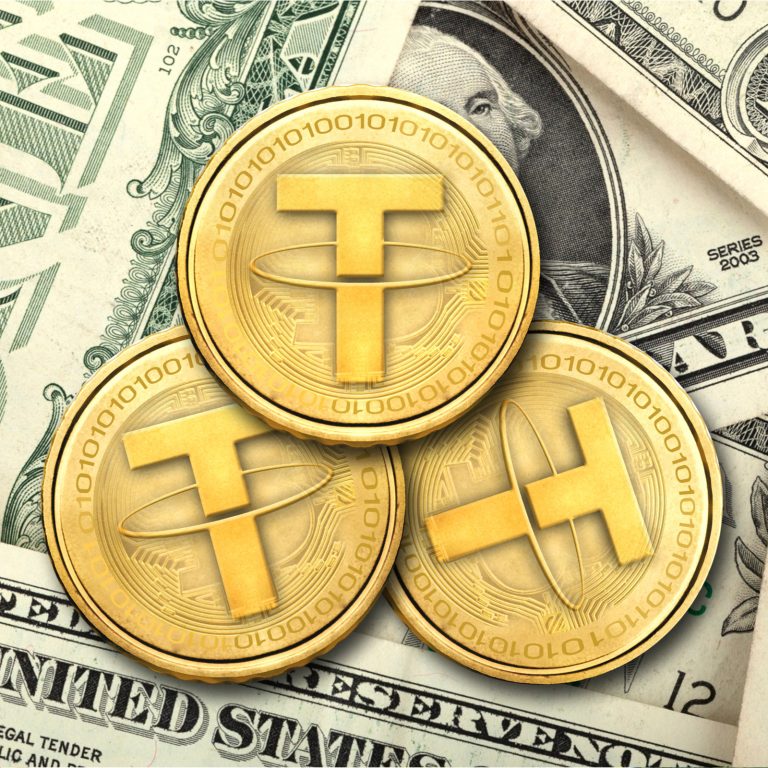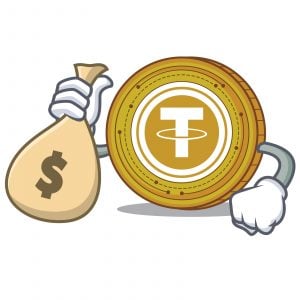
Stablecoins aren’t exciting. They don’t pump, moon, or 10x. And yet they have the potential to make traders more money than any other cryptocurrency. These stabilized tokens – usually pegged to the US dollar – scarcely move in price, and yet they’re pivotal in anchoring the crypto markets. Here’s everything you should know about the new class of stablecoins.
Also read: Bitmex Research: We Doubt Ethereum’s Ability to Reduce Reliance on PoW
The Price of Stability
 Tether, the best known stablecoin, is often the second most traded crypto asset after bitcoin. Traders routinely trade in and out of it as they attempt to outmaneuver bitcoin’s price swings. When the markets are down, some will remain in the safety of tether for weeks, venturing back into “proper” crypto only when there are signs of recovery.
Tether, the best known stablecoin, is often the second most traded crypto asset after bitcoin. Traders routinely trade in and out of it as they attempt to outmaneuver bitcoin’s price swings. When the markets are down, some will remain in the safety of tether for weeks, venturing back into “proper” crypto only when there are signs of recovery.
Tether is a highly controversial stablecoin, not because of how it works, but due to questions over whether it’s actually dollar-backed with fiat reserves, but that’s a debate for another time. What’s undisputed is that over-reliance on a centralized coin that accounts for $4 billion of daily trade volume is a bad thing. Competition for tether is to be encouraged, and was welcomed by Ethfinex no less – whose parent exchange Bitfinex effectively owns Tether.
Last week, Ethfinex introduced dai, a decentralized tether alternative. Here’s how it, and the rest of the current crop of stablecoins, work:
A Brief Guide to Stablecoins
 Dai by MakerDAO
Dai by MakerDAO
Dai: A decentralized dollar-pegged stable coin from Maker DAO that operates as an ethereum token. The buyer places ethereum in the Maker core smart contract and receives a dollar equivalent of dai in return. It’s tradable on the likes of Bibox, Ethfinex, IDEX, and Bancor Network. It will also



